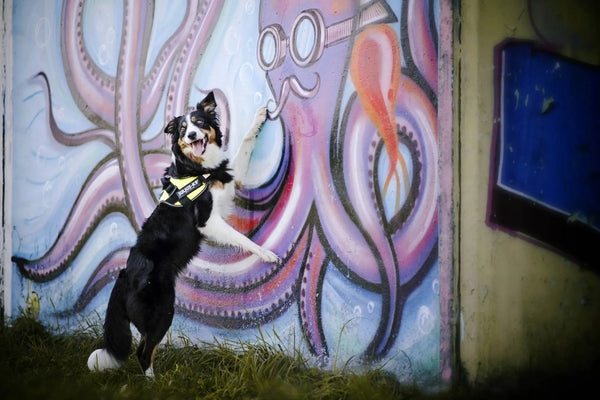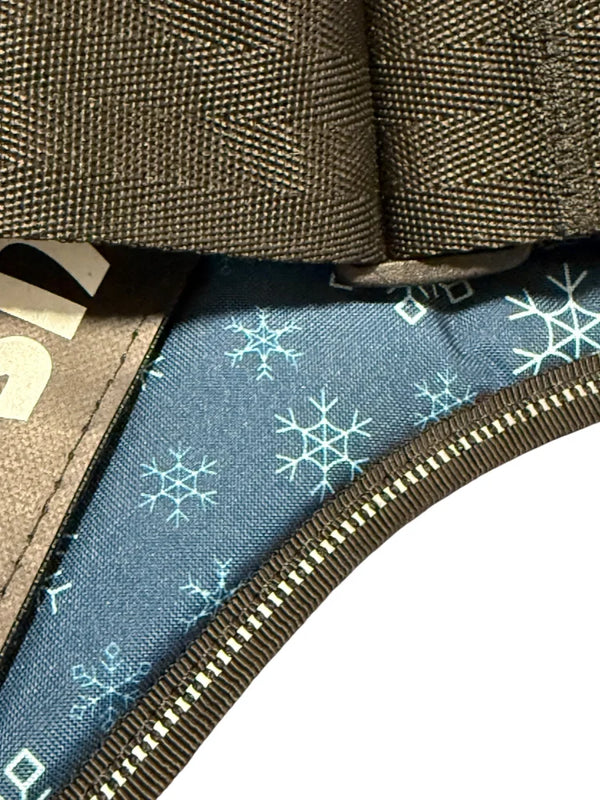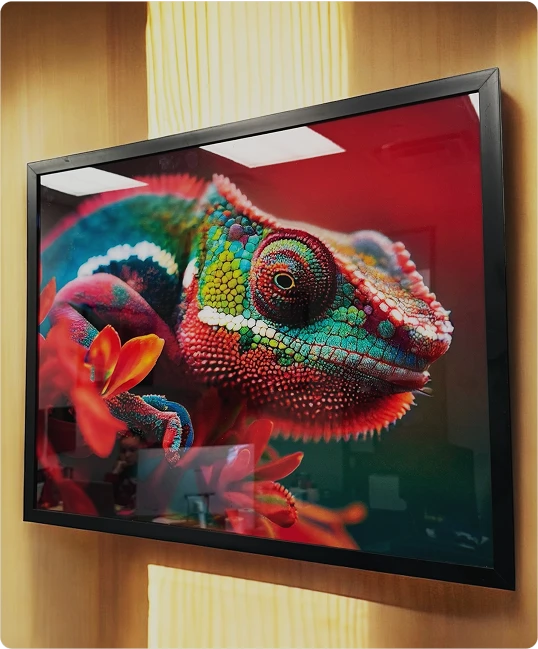
Swimming for Dogs: Tips for Training Your Little Swimmer
It's summertime and who doesn't love to swim. The same goes for your dogs! We can't forget about your favorite canines! Everyone, animals included, deserves to soak up the sun and cool down with a nice dip in the pool. But what if you are worried that your dog doesn't know how to swim? The experts at Julius-K9 are here to help! We have the best tips when it comes to swimming for dogs. Also, don't forget, we also carry the best harness for dogs. We can ship anywhere in the US.
Remember Safety First!
Before you begin to put your dog in the water, be sure to check out these helpful safety tips:
- NEVER EVER leave your dog unsupervised around the water! Install a pool fence or safety alarm, and make sure your dog knows where the steps or ramp are located. You can even place a large vertical marker, such as a plant or a flag, by the steps or ramp to help your dog orient himself.
- Teach him to find the steps by gently placing him in the water with his feet on the top step and saying "steps" while he gains his footing. Then, take him a short distance away and let him swim to the steps, gradually increasing the distance. Stay in the shallow end, and keep the lessons short – no more than ten minutes. Dogs can't tread water like humans and will tire quickly, unable to rest with their feet on the bottom.
- During your lessons, maintain control of your dog by using a leash or long line attached to a dog life jacket or harness. Dogs also need to get used to wearing a life vest, so they don't panic in an emergency situation. Give your pup plenty of time to figure out how his life vest works, so he's comfortable wearing it in the water.
- If you swim in lakes or other natural bodies of water, vaccinate your dog against Giardia, which can cause vomiting and diarrhea and can be passed along to you. Avoid water with a strong current, and stay away from boating and fishing areas where underwater hazards are more likely. Also, be aware of stumps or rocks hidden in the water that your dog could land on when jumping.
- Avoid swimming in water over your own head. A panicked pooch may try to "climb aboard" and push you under.
- Dogs can get sunburned, too – especially around the nose and ears, so talk to your veterinarian about sunscreen made for pets, and give your dog plenty of time in the shade.
- Food stays in your dog's stomach longer than in yours, so to prevent bloat, wait 1 ½ to 2 hours after eating before taking a swim.
- Know pet first aid and brush up on your skills regularly. Also, have the directions to the nearest emergency veterinarian on hand – just in case!
Swimming For Dogs Training
When you're teaching your dog to swim, you want to avoid bad experiences. Make sure the water isn't too cold, and never throw or push your dog into the water. Lure him with a water toy or treat on to pool steps or into the water at the beach. Many dogs will wade in as long as they can feel the bottom.
Some dogs love the water and won't want to stop. If your dog starts breathing heavily or if his back end begins to sag in the water, it's time to get out and take a rest. Chlorine can irritate skin and eyes, and bacteria from lakes or rivers can make your pet sick. After swimming, rinse or shampoo your dog's coat, and take special care to dry out his ears thoroughly.
Call Us Today For Best Harness for Dogs
Get all the information you need when it comes to swimming for dogs. When it comes to whether or not you should choose a personalized dog harness for your dog, it depends on your specific situation. If you're looking for the best harness for dogs, call Julius K-9, a top US distributor today!



